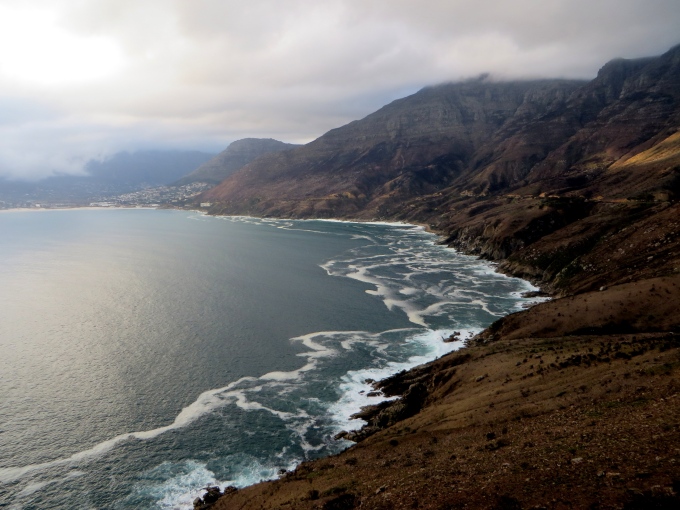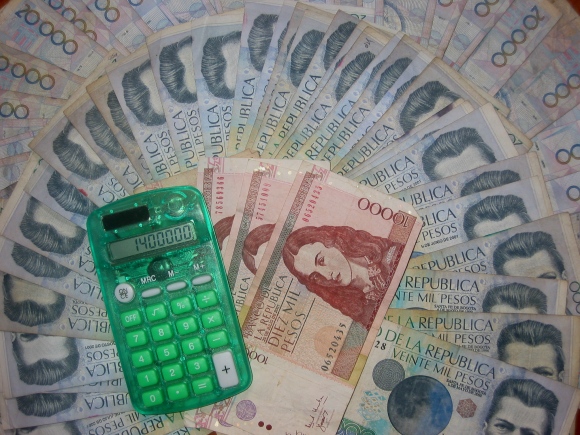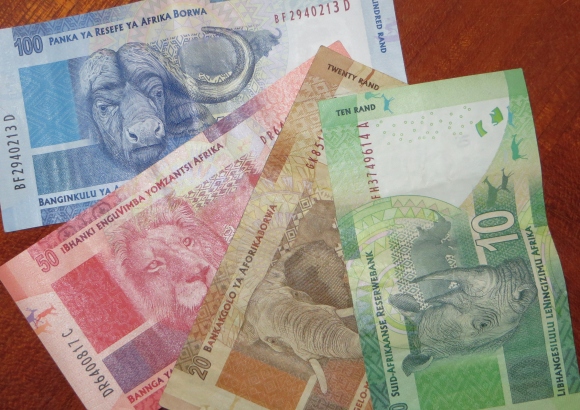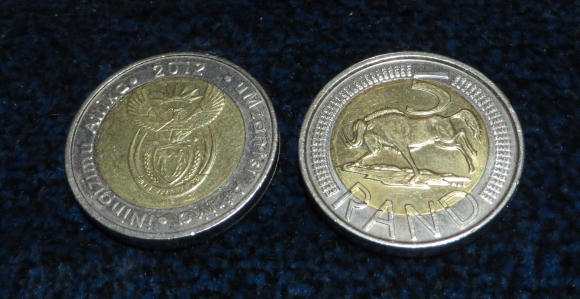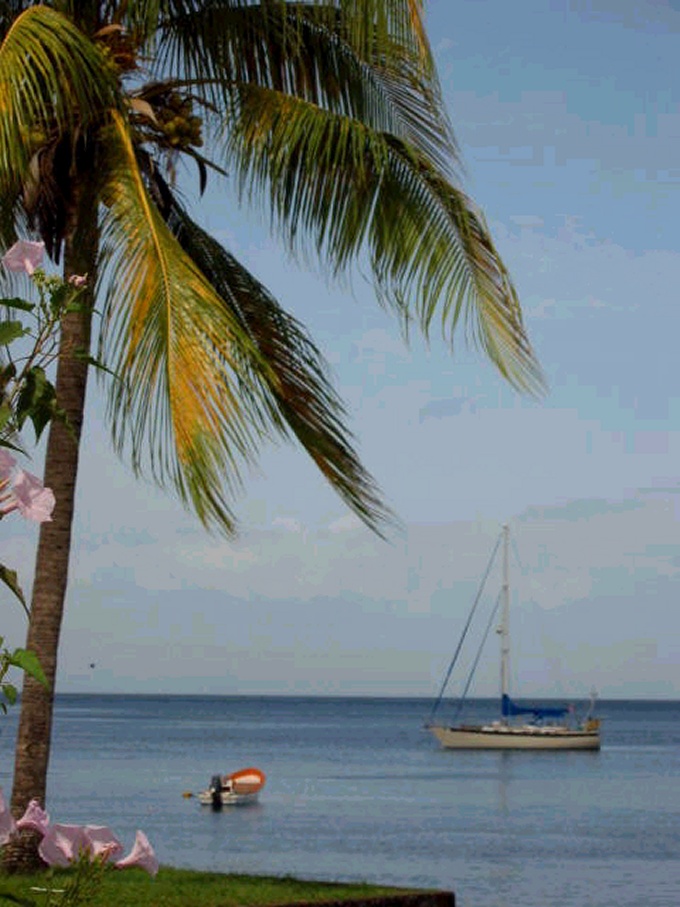Scenic Chapman's Peak Drive
/The locals call it Chappies and the last time we tried to drive this fantastically scenic route, it was closed due to mudslides. This time Chapman's Peak Drive was open and the only noted warning was for rockfalls! Hmm … we're from Colorado. We know about Rocky Mountain rockslides and rockfalls. We decided to chance it. After all, it's considered one of the most scenic drives in the world … how could we miss it?
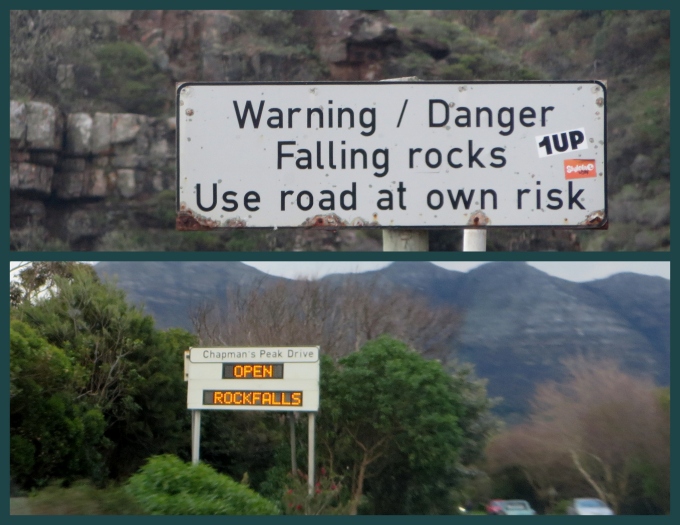
Chapman's Peak Drive is a tortuous toll road only ~9 km (5.6 miles) long with a reputed 114 curves (I didn't count) that twist and turn and switchback, tightly hugging the rugged coastline of Chapman's Peak (593m/1945') between Noordhoek and Hout Bay on the west coast of the Cape Peninsula. The narrow two-lane road precariously clings to the side of near-vertical granite walls offering astounding views of the Atlantic bays below. There's a certain thrill we get from looking up at the sheer granite cliffs above us and then down at the Atlantic waves crashing onto the boulders below.
The road was constructed between 1915-1922 with the use of convict labor, “hewn out of the stone face of Sheer Mountain”.
Who was Chapman, for whom the Chapman's Peak was named? I was sure it was named after a local governor or some old politician, but it wasn't. According to the historical website, is was named after John Chapman, a ship's pilot on the English ship, Contest, (or was it Consent as noted in another history?) who was asked to row ashore to scout out possible provisions when his ship was becalmed in Hout Bay. He noted the peak and bay and recorded them as Chapman's Chaunce, a name which subsequently became official on all English charts.
The day was waning, but the light was good for photos. We could see the remnants of the previous week's mudslides. Retaining fences and guards have been erected over the years to contain rocks and boulders from tumbling onto the road, but we wondered just how effective they'd be if the mountainside had a mind to meet the sea.
The remnants of East Fort, originally constructed in 1781, stands sentry above the road and the bay. The fort was nearly destroyed by a bush fire in 1990, but has been restored by a local historical society. “ … equipped with its eight restored 1750s-era, Swedish-made guns, it is the oldest working battery of original guns in the world.”
There's an overhang that sort of takes your breath away as you drive towards and under it.
There are several turn-offs for taking it all in without risking life and limb.
We're glad to report that we completed the route unscathed … no rockfalls, no mudslides. I noted today that the drive was closed once again due to high winds. Timing is everything.








